Chinese engineers develop advanced techniques to build bridges in challenging mountainous areas.
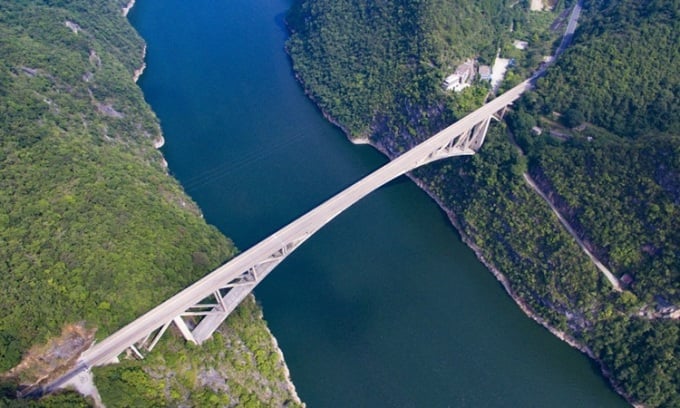
A bridge over the Jiangjie River in Guizhou Province. Photo: CFP
Eighty-one individuals and 50 groups were honored at the National Engineering Awards for their outstanding contributions to the field of construction technology in Beijing on January 19, according to CGTN . One of the winning teams included engineers from southwest China's Guizhou Province. They developed seven cutting-edge techniques and built 12 world- class bridges despite difficult geographical conditions, fragile ecological environments and other challenges.
On January 11, the main arch connection of the Wumengshan Bridge on the Nayong-Qinglong Expressway was completed. This is the first time that the fully precast lift-and-go technique has been used in mountainous areas in the world. Zhang Shenglin, a member of the winning engineering team, said that in the deep gorges inside the mountain range, they built tunnels at both ends of the bridge. "Normally, we have to use a large bridge-building machine to build it. Instead, we used a lift-and-go system to install all the parts, which increased efficiency," Zhang said.
According to Han Hongju, the team leader, when they built the Beipanjiang Bridge on the Guanxing Expressway, there was no road leading to the planned construction site. All materials had to be transported by human or horse power. The distance from their base to the planned bridge was more than 10 kilometers and took about 4 hours to travel.
A suspension bridge spanning the Huajiang River Grand Canyon in Guizhou Province will be the world's highest bridge when it opens to traffic in early 2025. At 625 meters from the bridge deck to the water, the Huajiang River Canyon Bridge is 2,980 meters long. The main span of the bridge is 1,420 meters. The main structure of the bridge will be completed in 2024. Once in operation, the bridge will reduce travel time across the canyon from 70 minutes to one minute, contributing to promoting tourism and rural modernization in the region.
Another bridge over the Jiangjie River in Guizhou, built by the award-winning team, not only boosts local traffic but also brings many economic and ecological benefits. Mu Jinwei, a member of the team, said the materials they used for construction were all recycled soil and waste rock from road construction. With a breakthrough in machine-mixed sand concrete technology, the amount of materials used for the overpass construction was 100 million cubic meters, saving more than 3.19 billion USD in costs and reducing more than 3.3 million tons of carbon emissions, according to Mu.
An Khang (According to CGTN )
Source link






![[Photo] 60th Anniversary of the Founding of the Vietnam Association of Photographic Artists](/_next/image?url=https%3A%2F%2Fvphoto.vietnam.vn%2Fthumb%2F1200x675%2Fvietnam%2Fresource%2FIMAGE%2F2025%2F12%2F05%2F1764935864512_a1-bnd-0841-9740-jpg.webp&w=3840&q=75)
![[Photo] National Assembly Chairman Tran Thanh Man attends the VinFuture 2025 Award Ceremony](/_next/image?url=https%3A%2F%2Fvphoto.vietnam.vn%2Fthumb%2F1200x675%2Fvietnam%2Fresource%2FIMAGE%2F2025%2F12%2F05%2F1764951162416_2628509768338816493-6995-jpg.webp&w=3840&q=75)
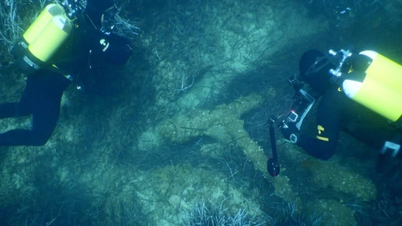

















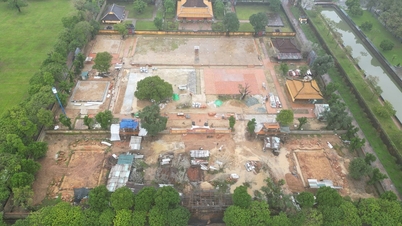





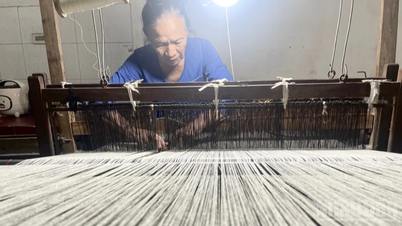

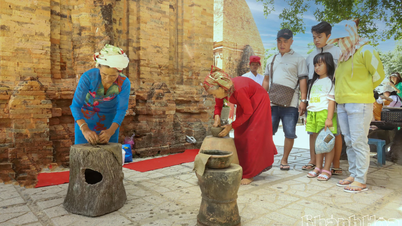



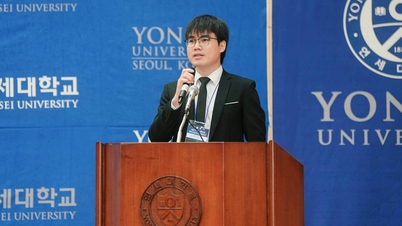









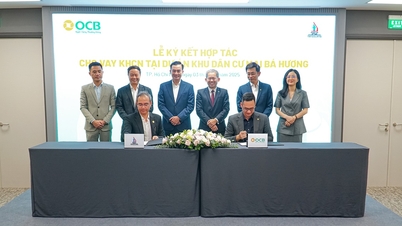
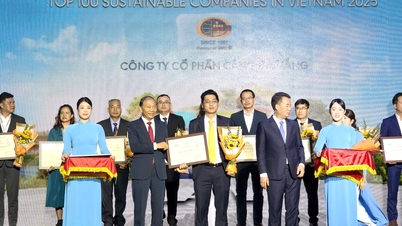

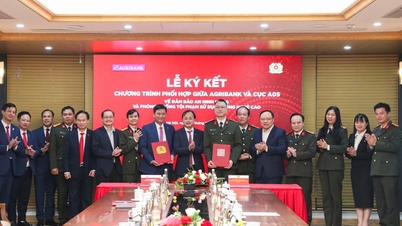

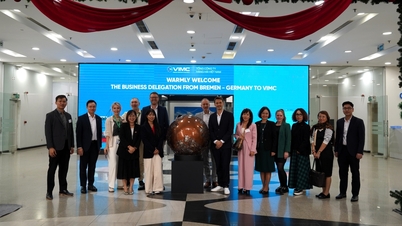






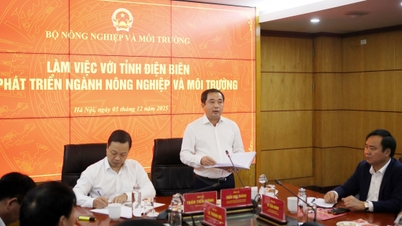








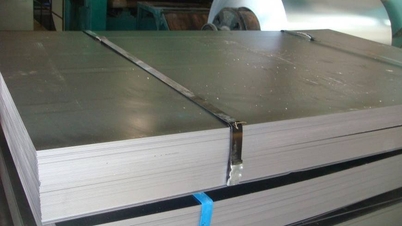


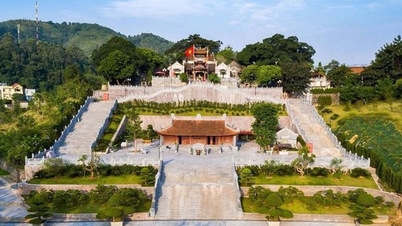

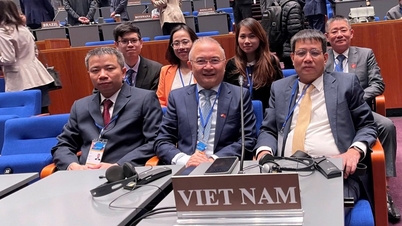
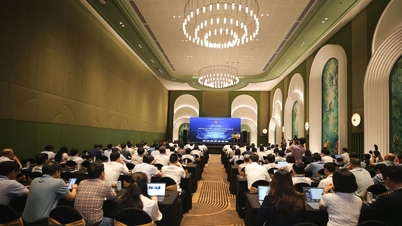




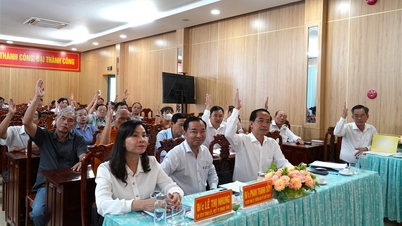
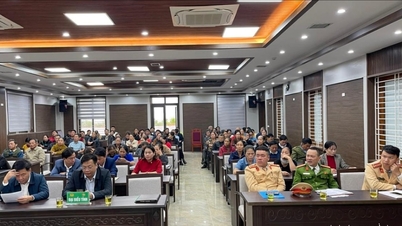

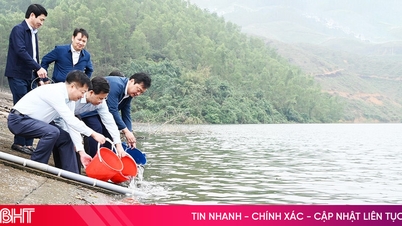















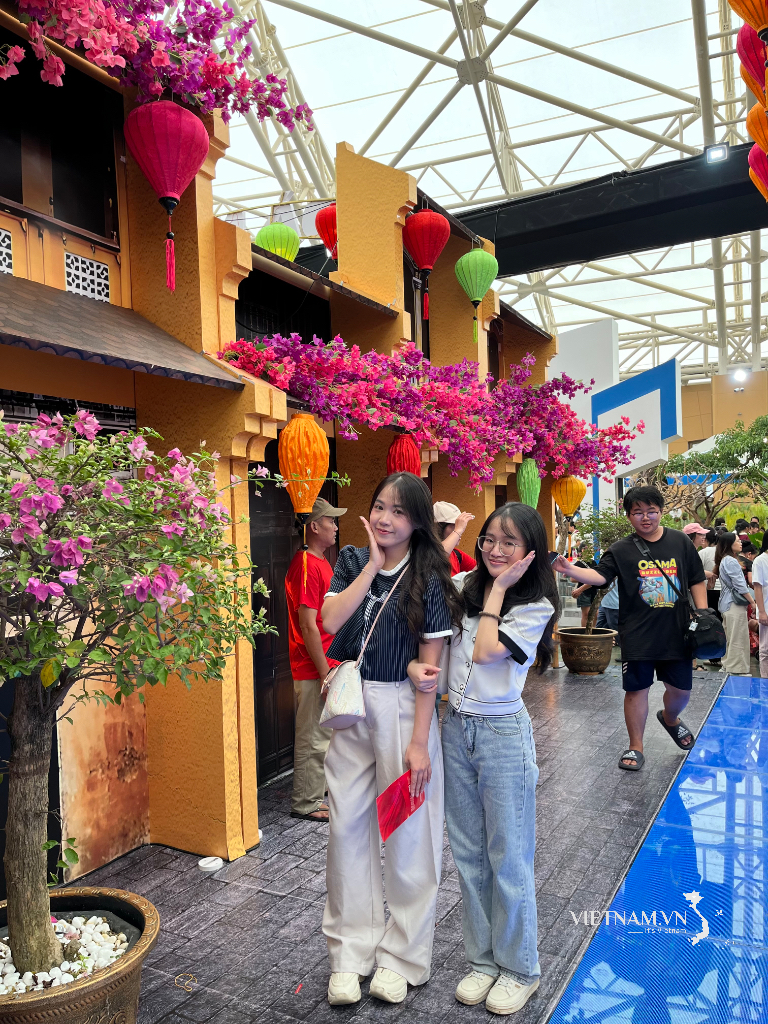




Comment (0)